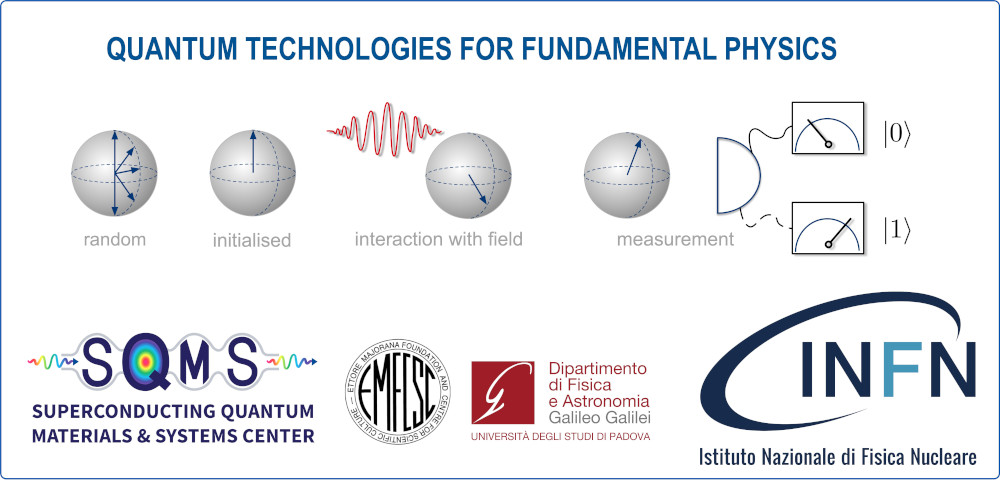Speaker
Description
Until fault-tolerance becomes implementable at scale, quantum computing will heavily rely on noise mitigation techniques. Entering the era of quantum utility and performing complex enough quantum simulation requires the use of efficient and scalable noise mitigation strategies.
While methods such as zero noise extrapolation with probabilistic error amplification (ZNE-PEA) and probabilistic error cancellation (PEC) have been successfully tested on hardware recently, their scalability to larger circuits may be limited.
In this talk I will present our recently introduced tensor-network error mitigation (TEM) algorithm [1], which acts in post-processing to correct the noise-induced errors in estimations of physical observables.
The method consists of the construction of a tensor network representing the inverse of the global noise channel affecting the state of the quantum processor, and the consequent application of the map to informationally complete measurement outcomes obtained from the noisy state.
The key advantage of TEM is that the measurement overhead is quadratically smaller than in PEC. We test TEM extensively in numerical simulations in different regimes. By using Clifford circuits, we explore the capabilities of the method in wider and deeper circuits with lower noise levels. We find that in the case of 100 qubits and depth 100, both PEC and ZNE fail to produce accurate results, while TEM succeeds.
[1] “Scalable tensor-network error mitigation for near-term quantum computing”, arXiv:2307.11740v2.

